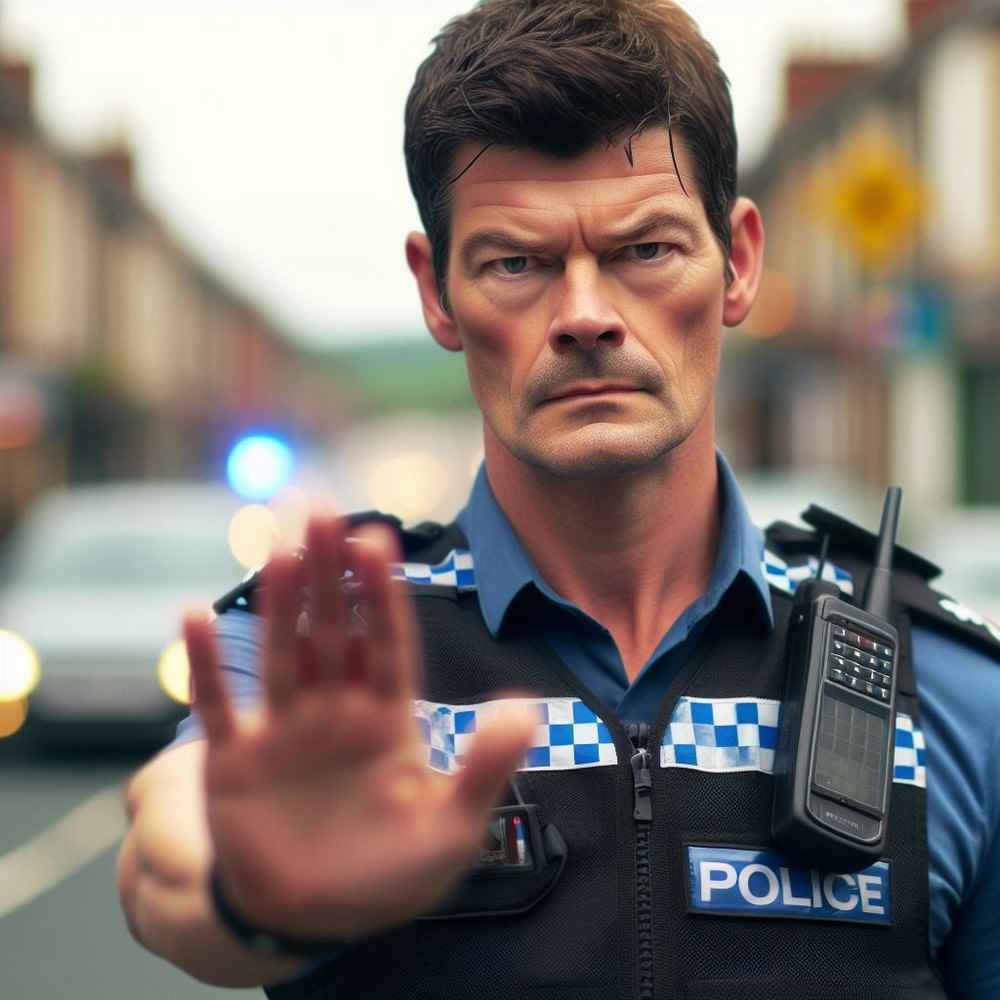In the UK, driving without insurance or whilst disqualified are serious offences, carrying stiff penalties. The police employ various methods to catch offenders, ensuring the roads are safer for everyone. Understanding how these individuals are detected can also shine a light on the broader implications of driving without the proper legal requirements.
What tactics do police use to identify these drivers?
UK police forces utilise a mix of technology, intelligence, and routine policing to identify uninsured or banned drivers:
- Automatic Number Plate Recognition (ANPR): ANPR technology is pivotal. Cameras across the country scan number plates, instantly checking them against databases to flag uninsured vehicles or those registered to disqualified drivers.
- Police Databases: The Motor Insurance Database (MID) and the DVLA records are accessible to officers during stops or checks, allowing them to verify insurance status and whether the driver holds a valid licence.
- Traffic Stops: Routine stops for minor infractions can lead to deeper checks into a driver's status. This is often how uninsured or banned drivers are caught if they've managed to avoid detection by other means.
- Intelligence and Reporting: Tips from the public or gathered intelligence can also direct police attention to repeat offenders or individuals known to drive without insurance or despite a ban.
 How was I caught driving whilst uninsured?
How was I caught driving whilst uninsured?What are the consequences of being caught?
The legal and insurance consequences of driving without insurance or whilst disqualified are severe, aimed at deterring such behaviour:
- Fines and Penalties: Being caught driving without insurance can result in fixed penalties, fines, and points on your licence. Driving whilst disqualified can lead to more severe punishments, including imprisonment.
- Vehicle Seizure: Police have the authority to seize, and potentially destroy, vehicles being driven uninsured or by someone banned from driving.
- Increased Insurance Costs: If you're convicted of driving without insurance or whilst disqualified, finding affordable insurance afterwards can be challenging. Premiums will likely be significantly higher, and some insurers may refuse to provide cover at all.
How can drivers avoid these pitfalls?
The best way to avoid the consequences of driving without insurance or whilst disqualified is straightforward???don't do it. Always ensure your vehicle is insured, and if you're facing a ban, respect it. For those looking to get back on the road legally after a disqualification, here are a few steps:
- Complete any required rehabilitation courses: These can sometimes reduce the length of your disqualification and demonstrate to insurers your commitment to safe driving.
- Shop around for insurance: Once you're eligible to drive again, you'll need to find an insurer willing to cover you. Specialist insurers or brokers can help navigate this process.
- Consider a telematics policy: These policies, which monitor your driving behaviour, can be more affordable for those with prior convictions or disqualifications.
Facing the reality of driving without insurance or whilst banned can lead to a long road of legal issues and high insurance costs. However, understanding the enforcement methods and consequences can serve as a strong deterrent against such actions.
If you're in the process of getting back on the road legally and need insurance, remember, there are options out there designed to help drivers like you. Make sure to click the quote button for convicted driver vehicle insurance quotes and take the first step towards finding a policy that accommodates your situation and encourages safe, responsible driving.
 MENU
MENU

